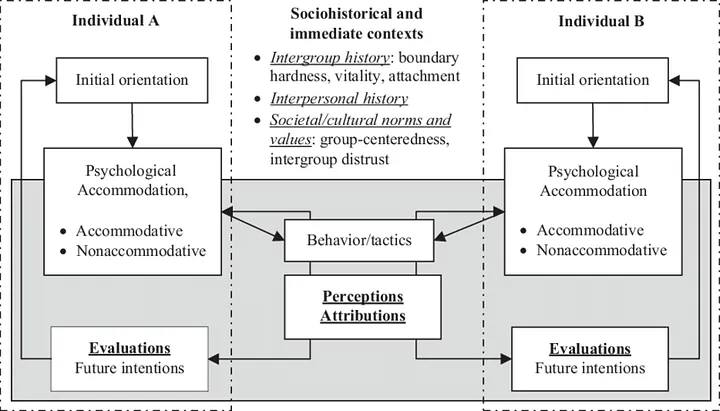Broadbent’s filter model is a classic theory in cognitive psychology that posits our attention acts as a filter that selectively allows certain information to pass through to our conscious awareness, while blocking out other information (Broadbent, 1958). The model proposes that we initially process all incoming sensory information in a pre-attentive stage, where the information is analyzed based on its physical features (Broadbent, 1958). This pre-attentive stage is thought to be automatic and unconscious, with no effort required on our part.

The filter model has been subject to numerous empirical tests and has generally been supported by the evidence (Broadbent, 1958). However, some researchers have criticized the model for oversimplifying the complexity of attentional processes and for failing to account for individual differences in attentional abilities (Broadbent, 1958).
Despite its limitations, Broadbent’s filter model remains a foundational theory in cognitive psychology and has influenced subsequent models of attention, including Treisman’s feature integration theory and Lavie’s perceptual load theory (Treisman, 1986; Lavie, 1995).
In conclusion, Broadbent’s filter model provides a useful framework for understanding how we selectively attend to information in our environment, highlighting the complexity of attentional processes and the importance of understanding these processes for cognitive functioning (Broadbent, 1958).
References:
Broadbent, D. E. (1958). Perception and communication. Elsevier.
Treisman, A. (1986). Features and objects: The fourteenth Bartlett memorial lecture. The Quarterly Journal of Experimental Psychology Section A, 38(4), 527-582.
Lavie, N. (1995). Perceptual load as a necessary condition for selective attention. Journal of Experimental Psychology: Human Perception and Performance, 21(3), 451-468.
